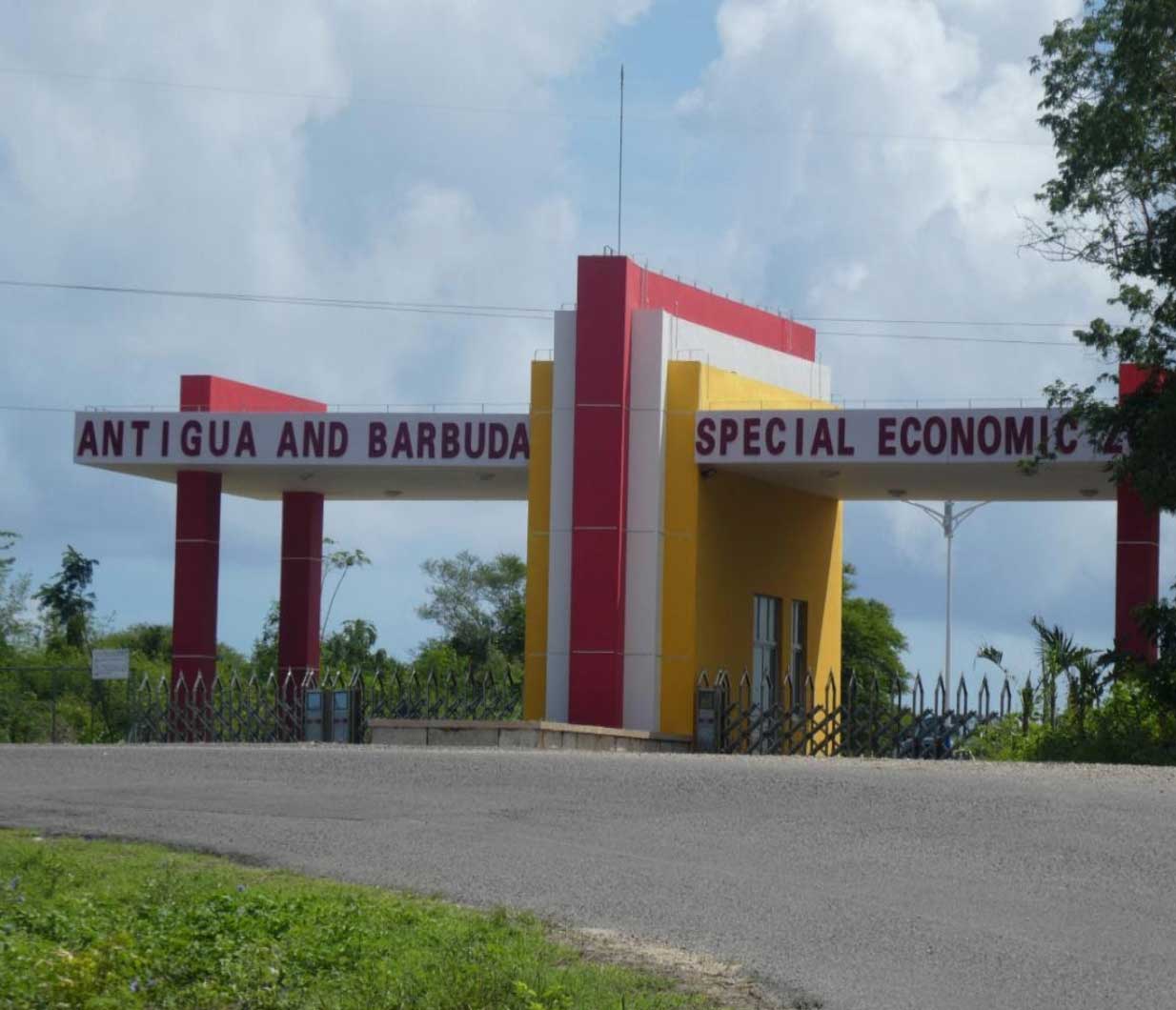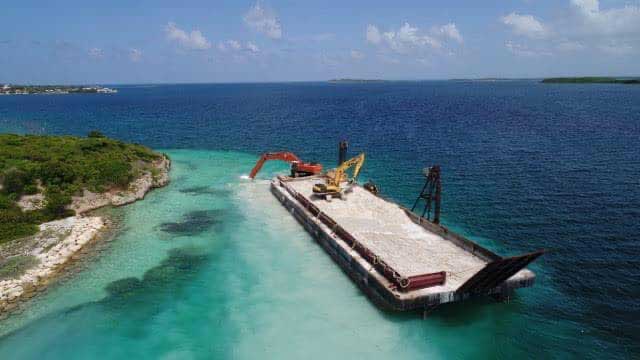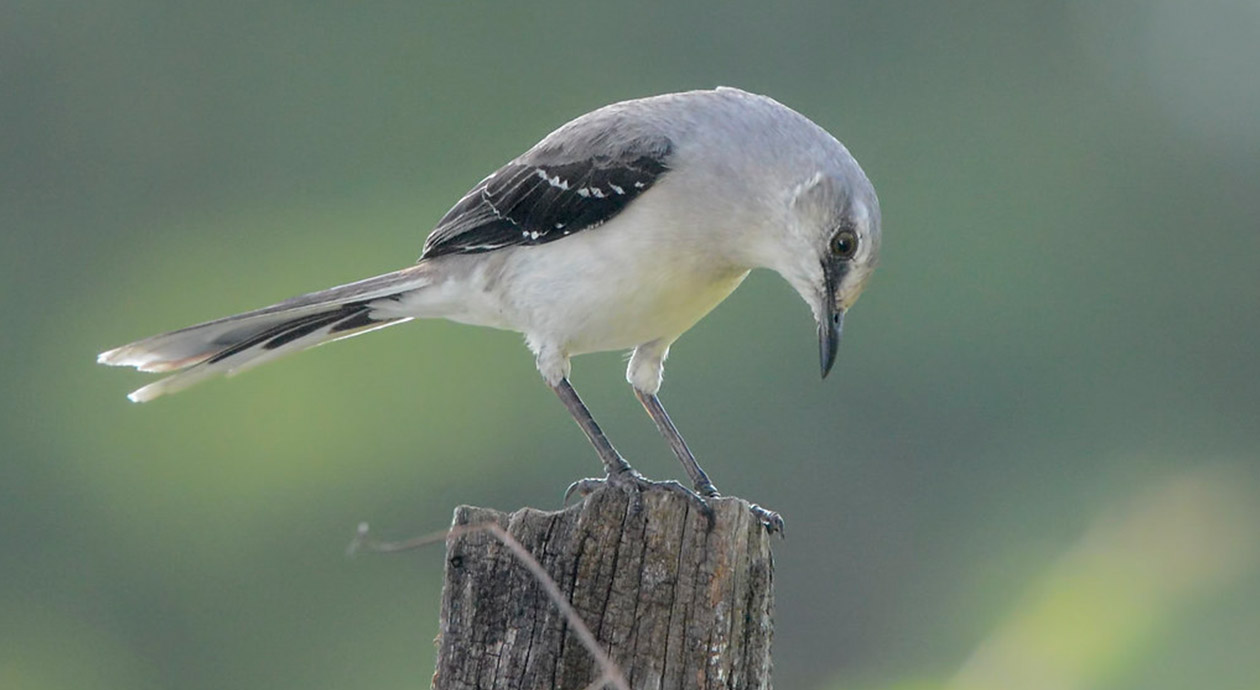Antigua is experiencing significant flooding as a result of passing weather systems, like the Tropical Storm Eta. This low lying island has always been prone to flooding but the destruction of the environment—like the one caused by the development of the Special Economic Zone (SEZ)—can make conditions like this one even more destructive. Antigua and Barbuda has laws to avoid the indiscriminate alteration of these natural barriers, but this investigation shows how their application has been compromised by the promise of economic prosperity for the country.
Five years ago the government of Antigua & Barbuda signed a contract with Chinese developer Yida Zhang to create a Special Economic Zone.
The zone is more than 2,000 acres and includes the offshore islands - Crump Island, Guinea Island, Rabbit Island and Maiden Island.
Many residents have expressed concerns for the marine environment given the plans of the developer to build hotels, factories and introduce deep sea fishing in a national protected area - the NEMMA.
Although the government has played by the rules for the most part, this investigation shows how the strictness of law enforcement seems to vary in order to accommodate the SEZ. It demonstrates how the developer has violated a number of the country's laws by starting construction without permission, removing mangroves, unlawfully mining sand off the coast of Maiden Island and illegally mining limestone to name a few.




























